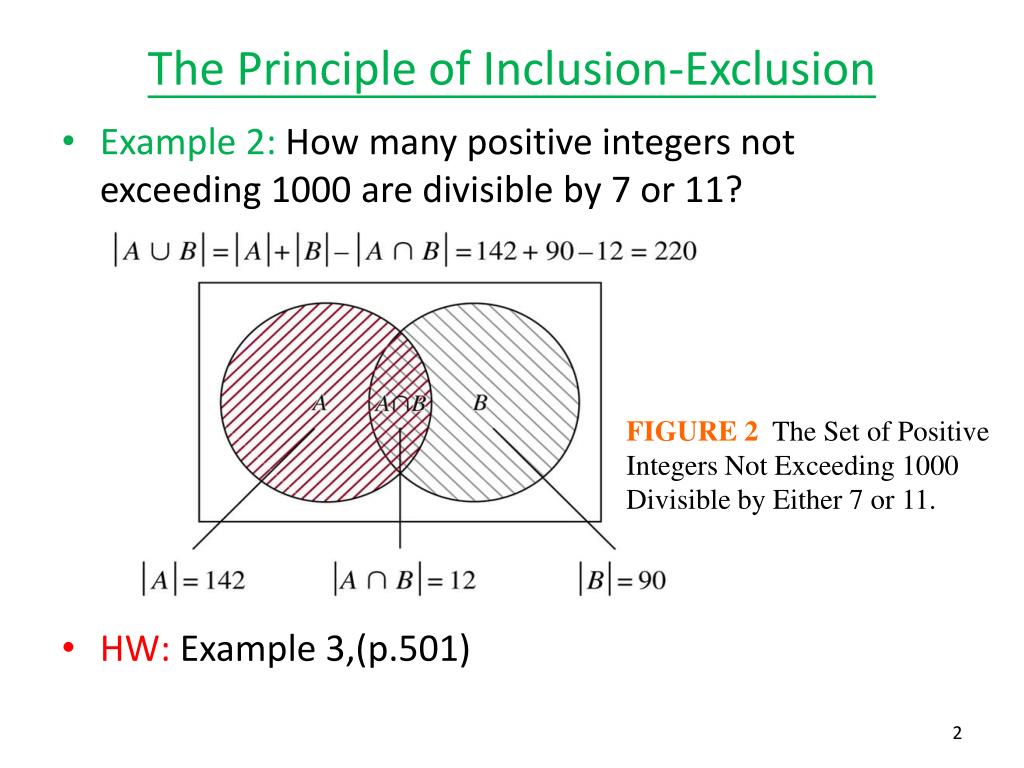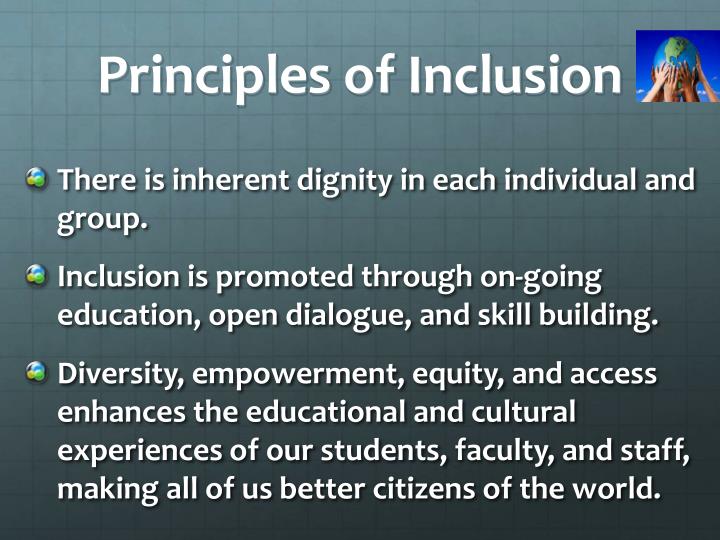


As part of our work investing in communities, we: Through our programs, we remove barriers to equitable funding opportunities.

Here are some of the ways we incorporate DEI into our work, our communities, and ourselves.Īs a global company, Amazon has the scale, resources, infrastructure, and capacity to deliver valuable growth opportunities for diverse businesses. This work will require us to engage all communities, think globally, and cultivate a workplace that not only is diverse but also inspires a deep sense of belonging for every one of our employees,” said Candi Castleberry, vice president of Global Diversity, Equity, and Inclusion at Amazon. “When I think about Amazon and the potential for impact, I’m energized by the possibilities. By uniting as a global community, we have an unprecedented opportunity to build the future of DEI together. As we continue to learn and iterate, we improve inclusion internally through educational programming, mentorship, and benefits for all of our employees.Īs Amazon employees-and as global citizens-we recognize that our work with diversity, equity, and inclusion (DEI) is among the most important work we have ever done. We also make our positions on certain issues publicly available to customers, investors, policymakers, employees, and others. We strive to be Earth’s best employer and use our Leadership Principles to guide and monitor our efforts to build inclusive teams. Leaders ask themselves: "Are my fellow employees growing? Are they empowered? Are they ready for what’s next?" Leaders have a vision for and commitment to their employees’ personal success, whether that’s at Amazon or elsewhere. They lead with empathy, have fun at work, and make it easy for others to have fun. Number of families which buy exactly two newspapersġ.Leaders work every day to create a safer, more productive, higher-performing, more diverse, and more just work environment.Number of families which buy at most two newspapers.Number of families which buy at least two newspapers.Number of families which buy newspaper C and A only.Number of families which buy newspaper B and C only.Number of families which buy newspaper A and B only.Number of families which buy exactly only one newspaper.Number of families which buy None of A, B, C.Number of families which buy newspaper C only.Number of families which buy newspaper B only.Number of families which buy newspaper A only.Number of families which buy all three newspapers.In a town of 10000 families it was found that 40% of families buy newspaper A, 20% family buy newspaper B, 10% family buy newspaper C, 5% family buy newspaper A and B, 3% family buy newspaper B and C and 4% family buy newspaper A and C. Then A ∪ B ∪ C is finite and n (A ∪ B ∪ C) = n(A) + n(B) + n(C) - n(A ∩ B) - n(A ∩ C) - n(B ∩ C) + n(A ∩ B ∩ C) Example 2: Here "include" n (A) and n (B) and we "exclude" n (A ∩ B) Example 1: Then n (A ∪ B) = n (A) + n (B) - n (A ∩ B) Next → ← prev Inclusion-Exclusion Principle


 0 kommentar(er)
0 kommentar(er)
